The Hitchhikers Guide to Knee Strengthening
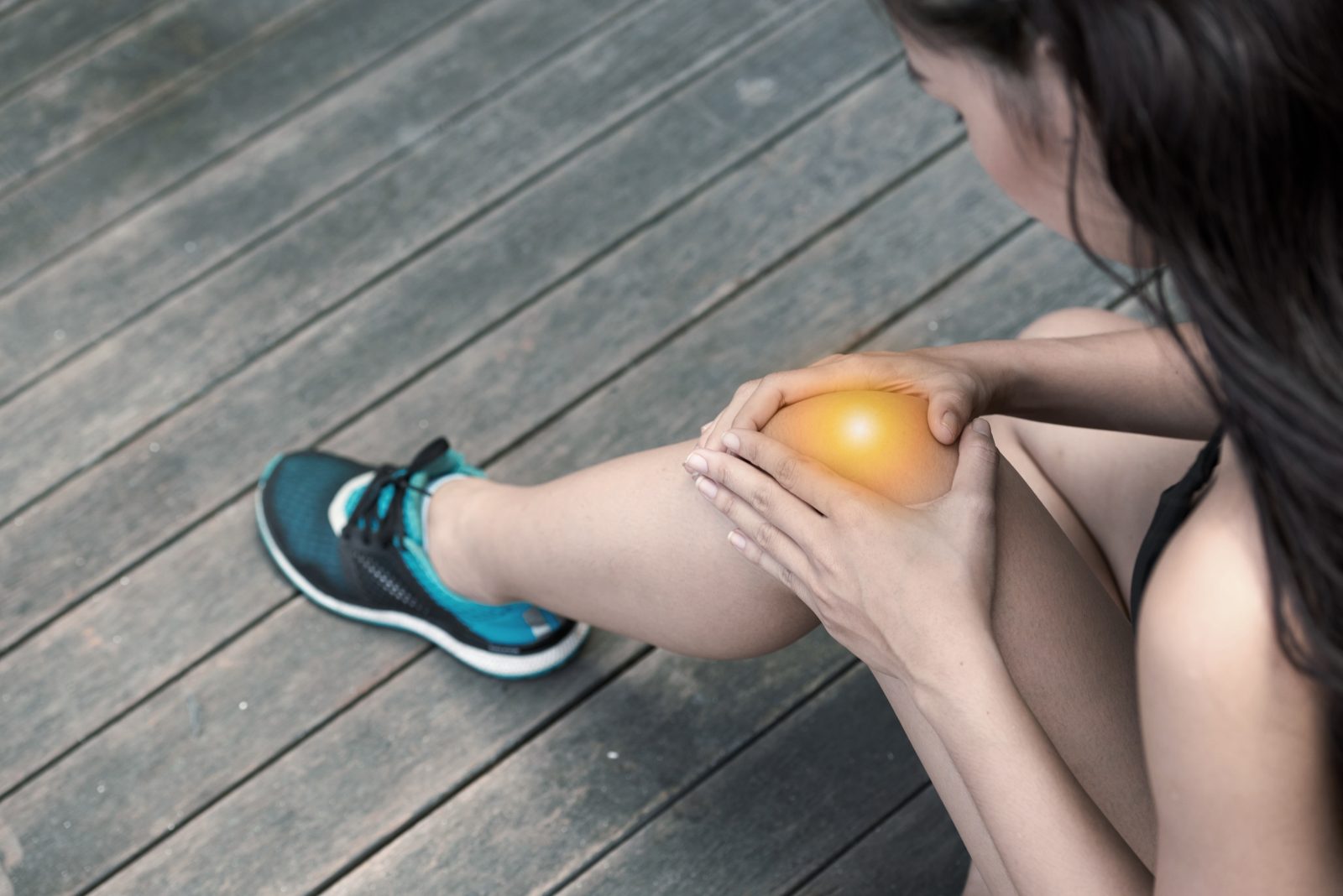
Today we discuss how you can develop strong, powerful knees without worry. Arguably the most hot topic amongst our followers, knees continue to be a recurring concern. Today we will scrub the surface of this topic as it can get complicated. In saying that, we are assuming you are past acute injury, having no numbness/tingling/ and have no concerning comorbidities that would affect your recovery.
If you want to really dive into this, checkout the E-book I wrote that provides a 12 week strength plan, science, pictures, and everything you want to know about knee strength:

As always, reach out to your primary care provider first before attempting any of these movements.
Granted, in the snow sport world knees are vulnerable and often one of the major joints to be injured (Skiers more than snowboarders). So the question remains, what can you do to create a strong foundation where you no longer have worry, pain, and dread from current/ potential knee pain? Before we dive into the juicy bits, we need to understand that knee pain has complex factors. We need to take into account:
- age
- gender
- genetics
- current/ past injury
- activity levels
- current comorbidities
- stress
- motivation
- nutrition
- recovery
- lifestyle
- etc.
So you see, we all fit into multiple categories and mixing this complex cocktail will determine our trajectory. I want to emphasize that achieving pain free / strong knees can be accomplished by almost anyone. Obviously there are unique cases with a complex past but for most of us, this is attainable. My next point is the motivation and determination it takes to stay consistent with your routine. Many of us want a ‘quick fix’ and spend 1-2 weeks achieving what for many may take months – years.
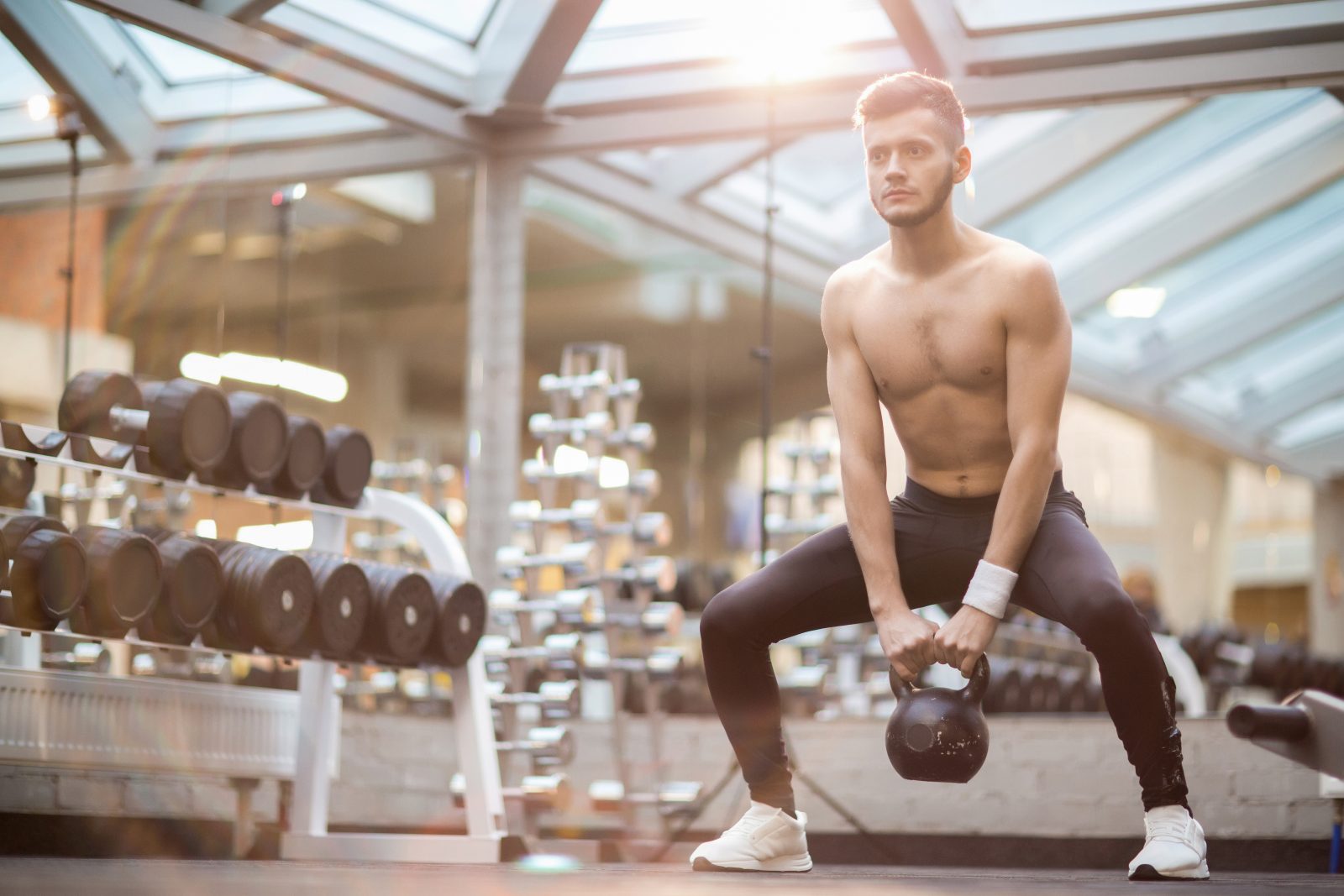
Muscle Hypertrophy
To make this explanation simple, imagine every time you perform resistance training, your muscles undergo small tears in the fibers. As these fibers repair themselves, they get larger and also allow for greater storage of glycogen (energy storage). Scientists are now discovering a major genetic component to the type of muscle fibers we have and those that we can develop/ change. For example, a world class marathon runner may have more build up of Type I (Slow twitch) which allows the athlete to endure incredible endurance based feats. However, this same athlete would find bodybuilding incredibly difficult due to the requirement of Type IIA or IIX fibers that are more developed for quick movements/ energy sources. In conclusion, one athlete may have an easier time building muscle surrounding the knee than another.
Muscles that cross the knee joint
There are roughly 10-11 muscles that cross the knee joint including:
- Rectus Femoris
- Vastus Lateralis
- Vastus Medialis
- Vastus Intermedius
- Semimembranosus
- Semiteninosus
- Biceps Femoris
- Gracilis
- Sartosius
- Popliteus
- Gastrocnemius
These all serve to flex/ extend/ internally rotate/ externally rotate the knee. Yes, the knee internally and externally rotates.

Internal components:
Inside the knee we have the meniscus, synovial fluid, ligaments, cartilage, etc. I won’t dive too far into this but you can see why movement is so important here:
Click picture to view
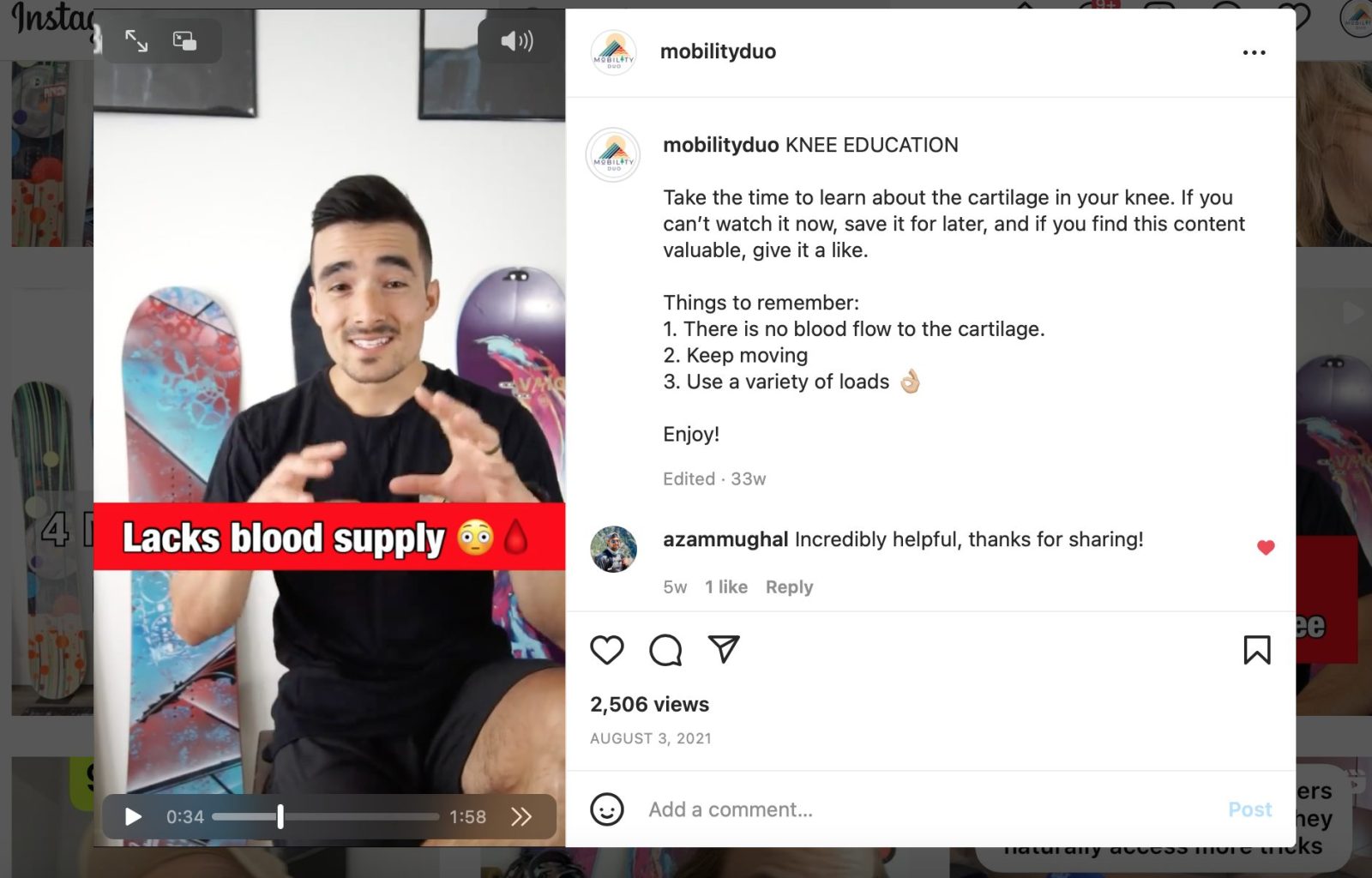
Muscles Above + Below
We also have to take into account the joints above and below the knee as they effect the ‘kinetic chain’. This means that if movement is diminished in any of the major joints (Hips/ ankles/ knees) another joint must adapt/ compensate to perform the movement.
Progressive Overload
The human body adapts, thats what makes us so incredible. Humans have and will continue to adapt to any environment placed in. It is no different for the body and thus why we must make changes in our training to continue to grow. You can do this in a number of ways but most commonly:
- Sets
- Movement/ Exercise
- Directions
- Reps
- Intensity
- Time
- Etc.
Without this, the body will plateau if not under stress. This is why it is all too common for desk workers who participate in weekend warrior type movements can undergo injuries because their bodies are simply not adapted to those stressors. This is a major gap in the physical therapy realm as PTs tend to focus on acute based injuries and lack of proper progressive overload to push the patient/ client onto the next step of their rehabilitation journey.
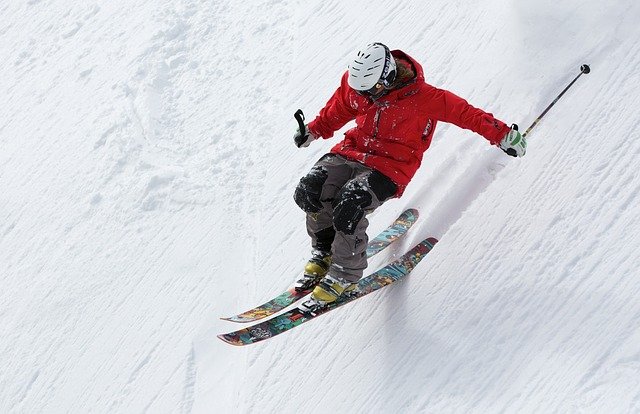
Knowing your starting point and goals
This one is really important and often why we hire professionals to guide us through our injuries. Its important to know the correct starting point in your strength/ rehab journey without performing more damage to the joint. Its also equally important to know your goals prior to starting. Do you want to get back to playing at a professional level or simply play with your kids? Knowing this will allow yourself or professional to pick specific movements that allow you to perform this task pain free because the proper amount of stress has been set and the body has appropriately adapted.
Bringing it all together
So, we know what muscles cross the joint, what movements the knee can do, what factors affect knee pain, how to properly stress the knee, how to progress appropriately, knowing your starting point and goals. These movements are some of my favorite but everyone will start from a different place. The Repetitions/ Sets/ intensity will all be adjusted accordingly based on you.
Exercises:
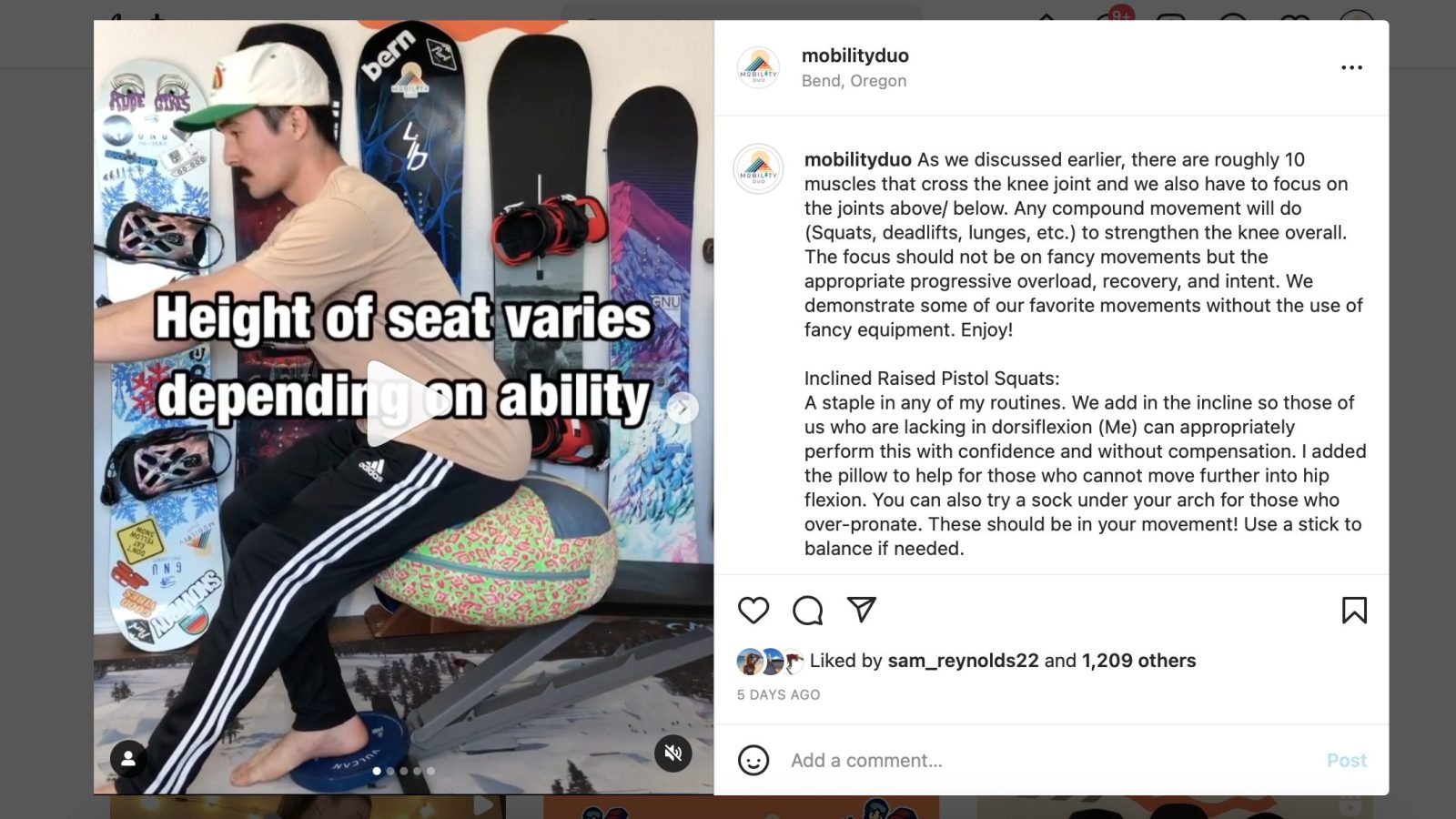
Inclined Raised Pistol Squats
- A staple in any of my routines. We add in the incline so those of us who are lacking in dorsiflexion (Me) can appropriately perform this with confidence and without compensation. I added the pillow to help for those who cannot move further into hip flexion. You can also try a sock under your arch for those who over-pronate. These should be in your movement! Use a stick to balance if needed.
Iso lunge w/ rotation
- Another great movement for single leg balance, ankle strengthening, quad/glute/hamstring strengthening. We add in the rotation for core stabilization/ strength and proprioception in both feet.
Toe Grab Squats
- I dont know why but I love this movement so much. Its a basic squat with required mobility/ flexibility. I keeps you in an isometric squat position and burns your hamstrings/ quads. This also feels really good on my back due to extreme posterior tilt.
Nordic Squats x1
- A staple in hamstring rehab, the nordic hamstring is a classic movement for just that hamstrings. Its a focus on eccentric (slow) lowering and will require core strength and a partner.
Nordic Squats x2
- Another variation here where we add in a standard hip hinge and change the length of the hamstrings with hip flexion. We continue to lengthen and test the hamstrings at a variety of lengths. This is tough!
Single Leg Calf Raise with Iso Shoulder Flexion
- Your standard single leg gastroc calf strengthener. We add in the forward weight for shoulder strength/ core strength and to make this more challenging from a proprioception/ coordination perspective.
Remember, if you want to know more, checkout my E-book Robust Knees.

Enjoy!
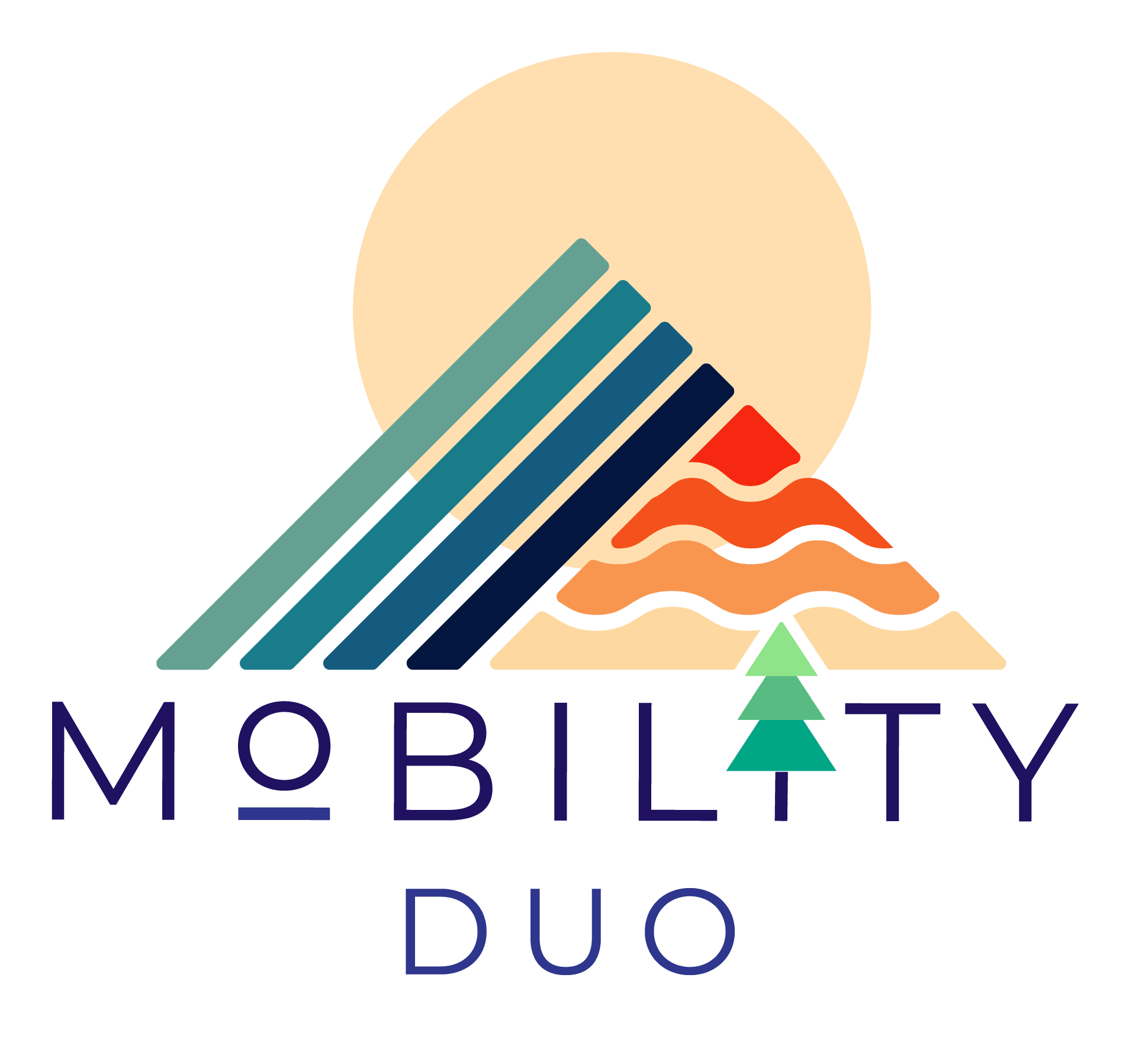
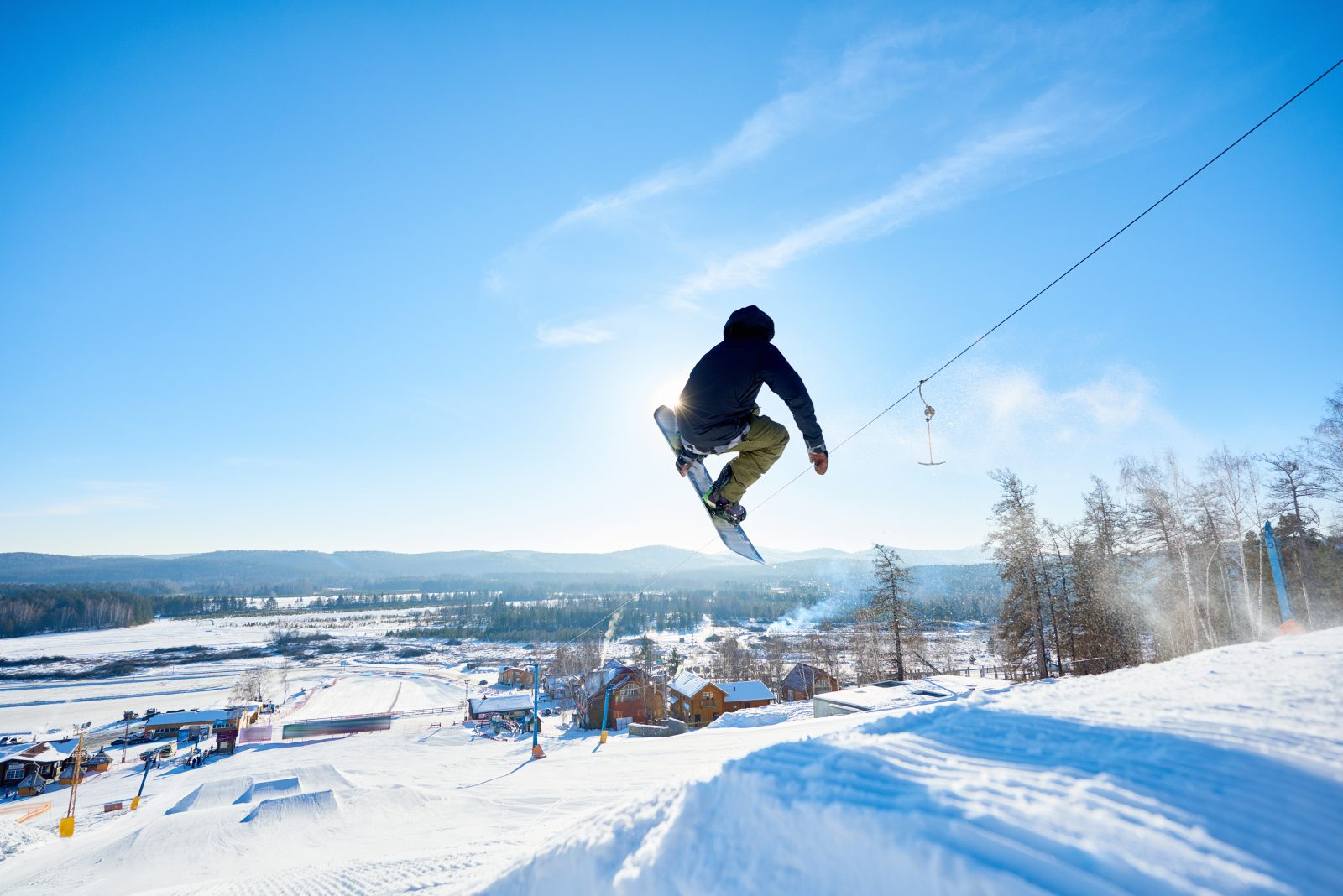
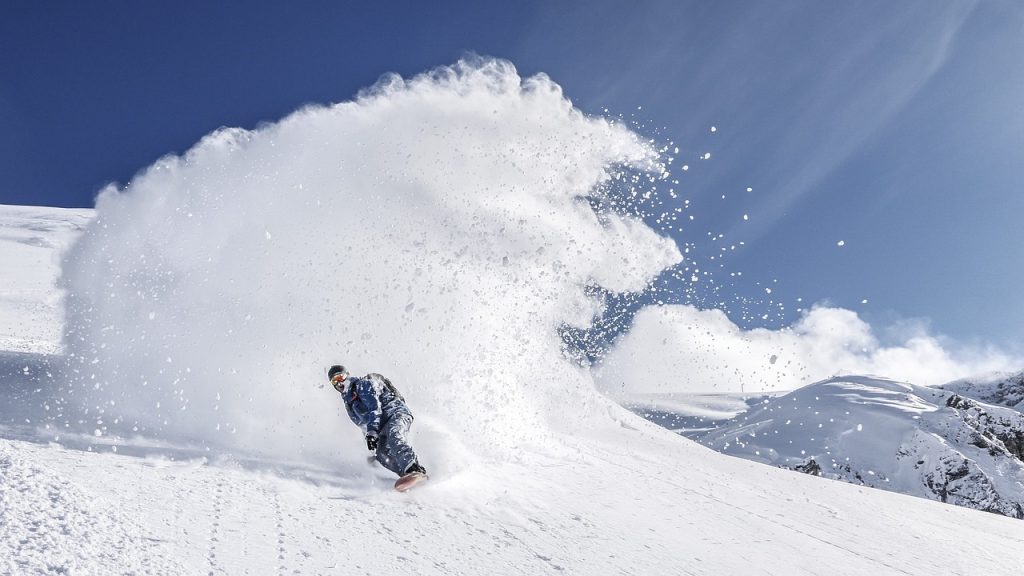
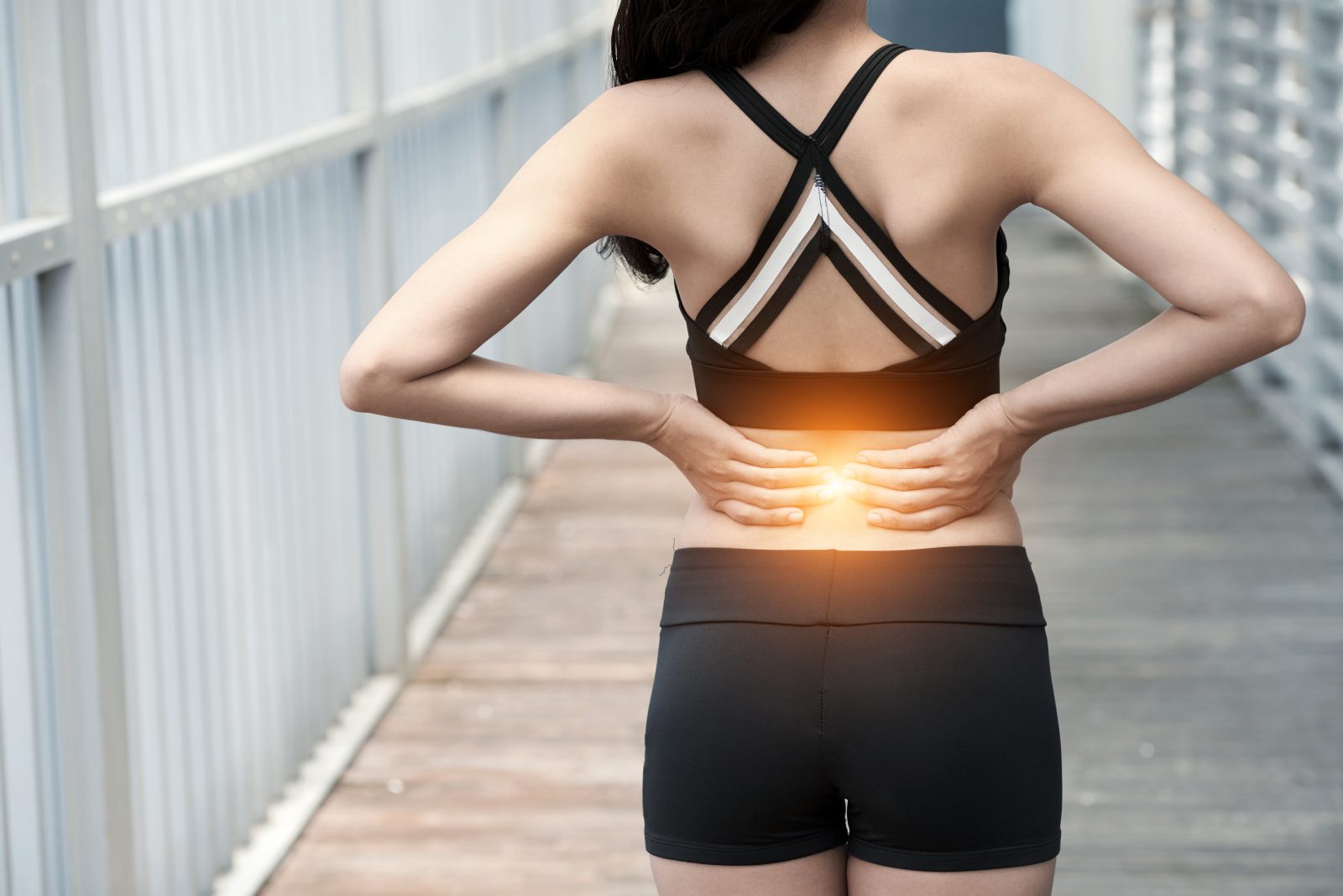
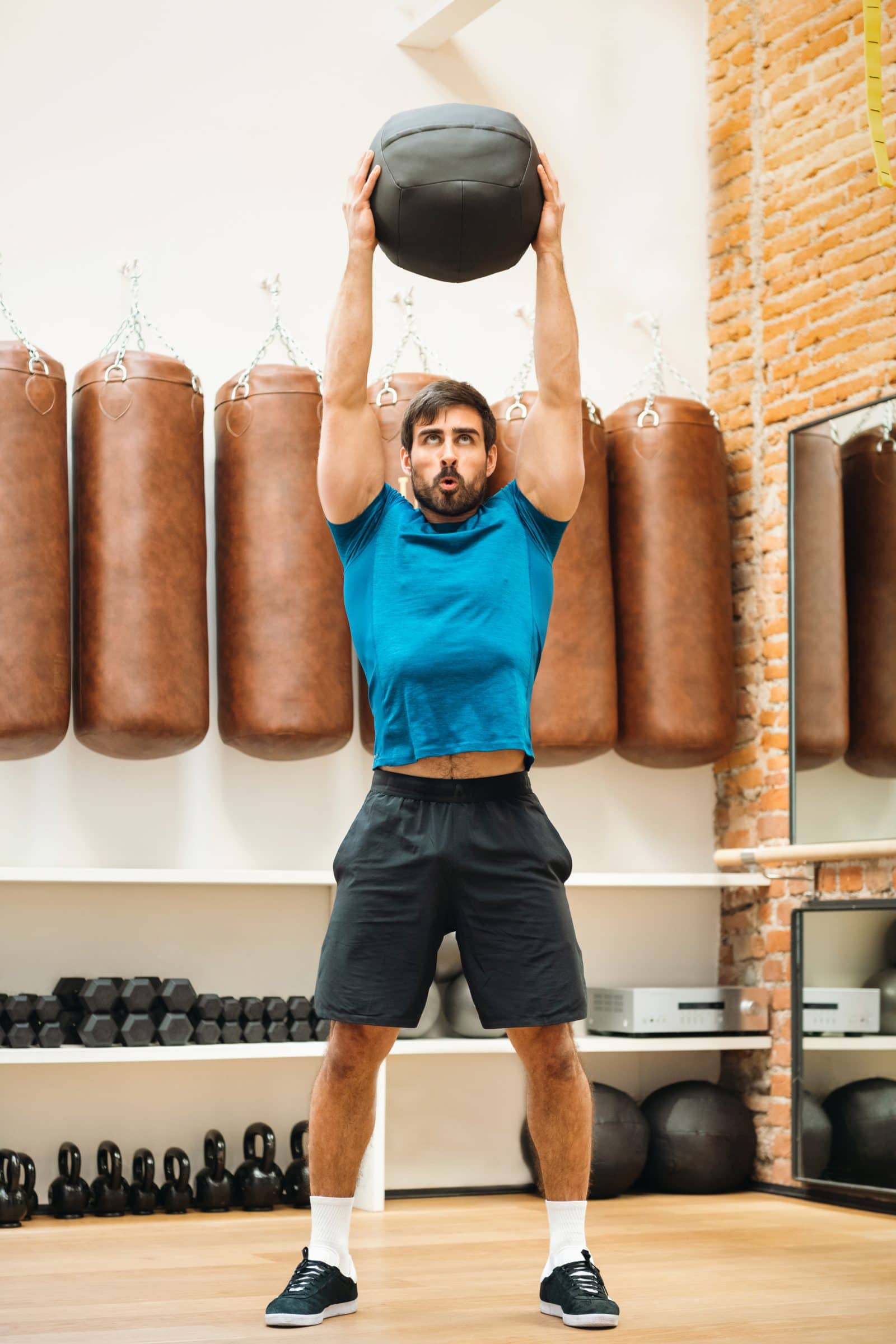
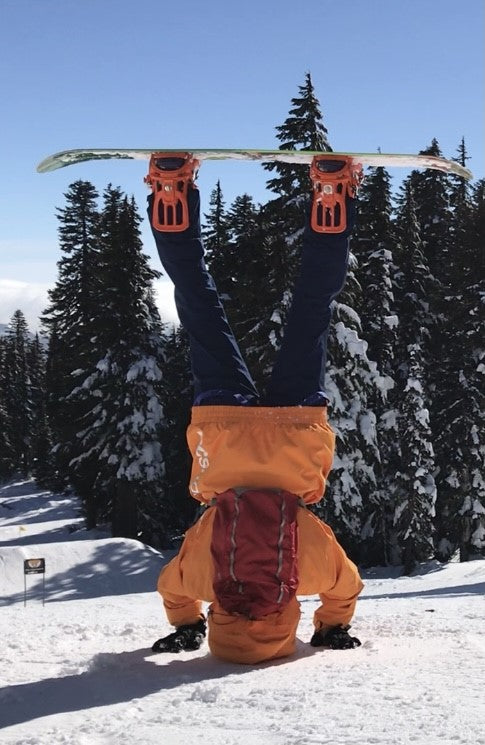
Responses